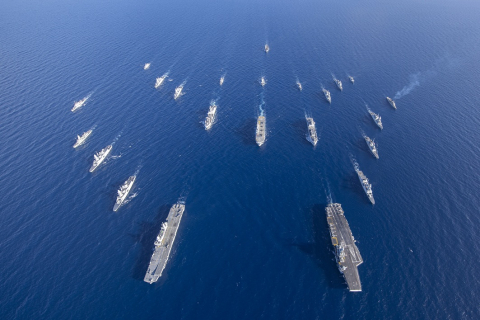Kazakhstan and Eurasian Economic Integration: Quick Start, Mixed Results and Uncertain Future

Kazakhstan's economic integration with Russia and Belarus has been advancing at break-neck speed.
In October 2007, these countries signed a treaty on the creation of the Customs Union (CU), in July 2010 the unified Customs Code went into effect, and in July 2011 customs controls were removed from the borders between member-states. In January 2012, Moscow, Astana and Minsk introduced the Single Economic Space (SES) based on “freedoms” of movement of goods, services, capital and labor to be implemented by 2015. While a union with Russia has been always an official priority, other trade integration alternatives have been pursued by the Kazakhstani government as well. The one that was in strong competition with the CU option was the prospect of joining the WTO and this way advancing Kazakhstan's integration with global markets and making the country's economy more competitive. The analysis of the possible motives (economic, political and geopolitical) explaining why Kazakhstani leadership privileged integration with Russia over joining the WTO shows that economic reasons emphasized in the official discourse did not play the main role. Political reasons (primarily, the concern with security) seem to have been more prominent.

Available in:
Regions and themes
ISBN / ISSN
Share
Download the full analysis
This page contains only a summary of our work. If you would like to have access to all the information from our research on the subject, you can download the full version in PDF format.
Kazakhstan and Eurasian Economic Integration: Quick Start, Mixed Results and Uncertain Future
Related centers and programs
Discover our other research centers and programsFind out more
Discover all our analysesRussia's Asia Strategy: Bolstering the Eagle's Eastern Wing
Among Russia’s strategic priorities, Asia traditionally played a secondary role compared to the West. In the mid-1990s, then Foreign Minister Yevgeny Primakov initiated a rapprochement with China and India. Then, in 2014, deteriorating relations between Russia and the West prompted Moscow to begin its “great pivot to the East”.
Kazakhstan After the Double Shock of 2022: Political, Economic and Military Consequences
The year 2022 represented a dual shock for Kazakhstan. In January, the country faced its most severe political crisis since independence, followed in February by Russia’s full-scale invasion of Ukraine, which cast uncertainty over the borders of post-Soviet states. These consecutive crises profoundly shaped Kazakhstan’s domestic and foreign policy.

How the Russian Army Changed its Concept of War, 1993-2022
The traditional and high-intensity war that has occurred in Ukraine since Russia decided to invade raises a key issue: did post-soviet Russian strategic thought really prepare Russia for waging this war?
Russia's Nuclear Deterrence Put to the Test by the War in Ukraine
From the outset of its “special military operation” (SVO) against Ukraine on February 24, 2022, Russia, which possesses one of the world’s largest nuclear arsenals, has adopted aggressive deterrence measures and a resolutely menacing rhetorical stance.








